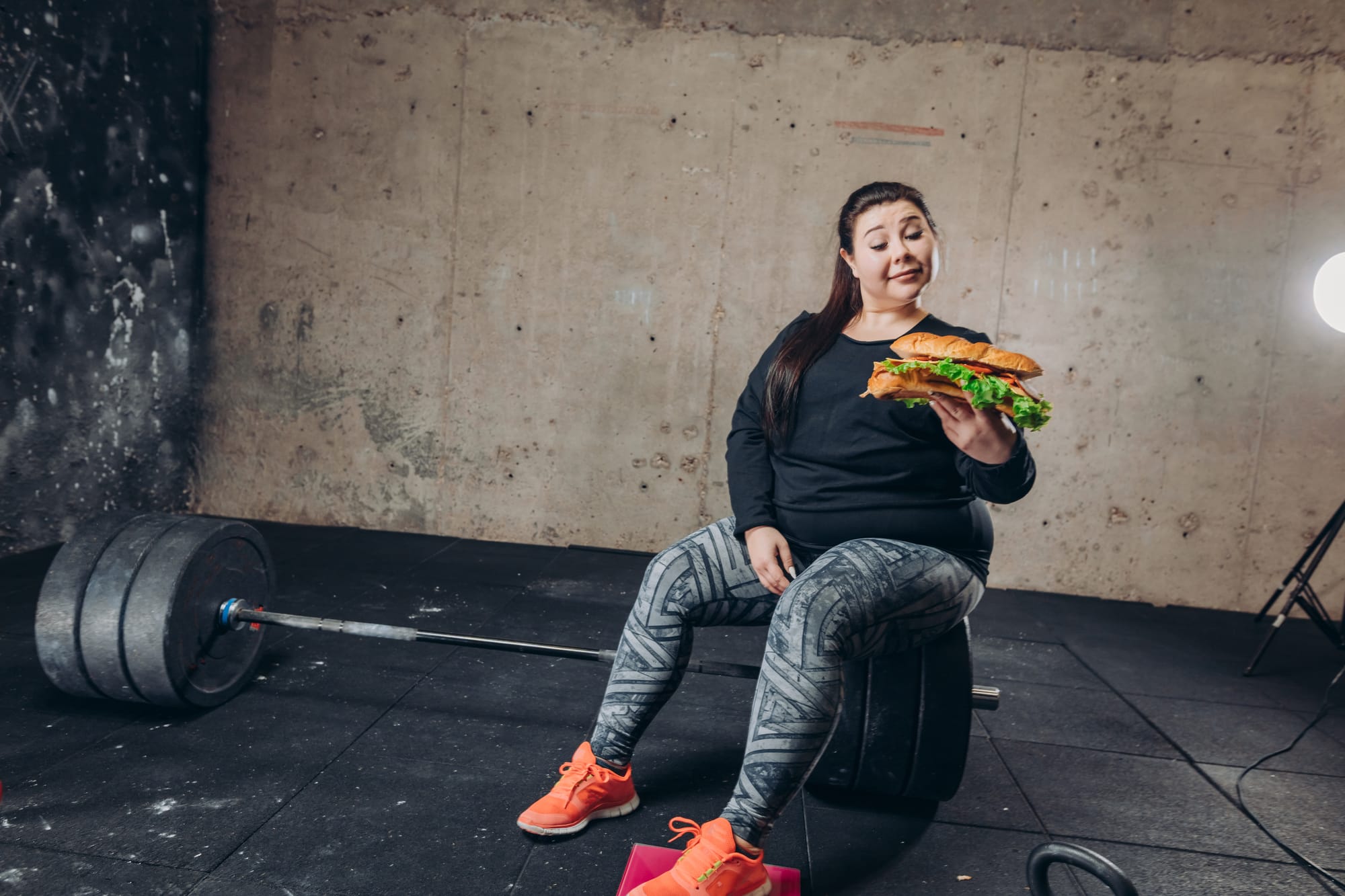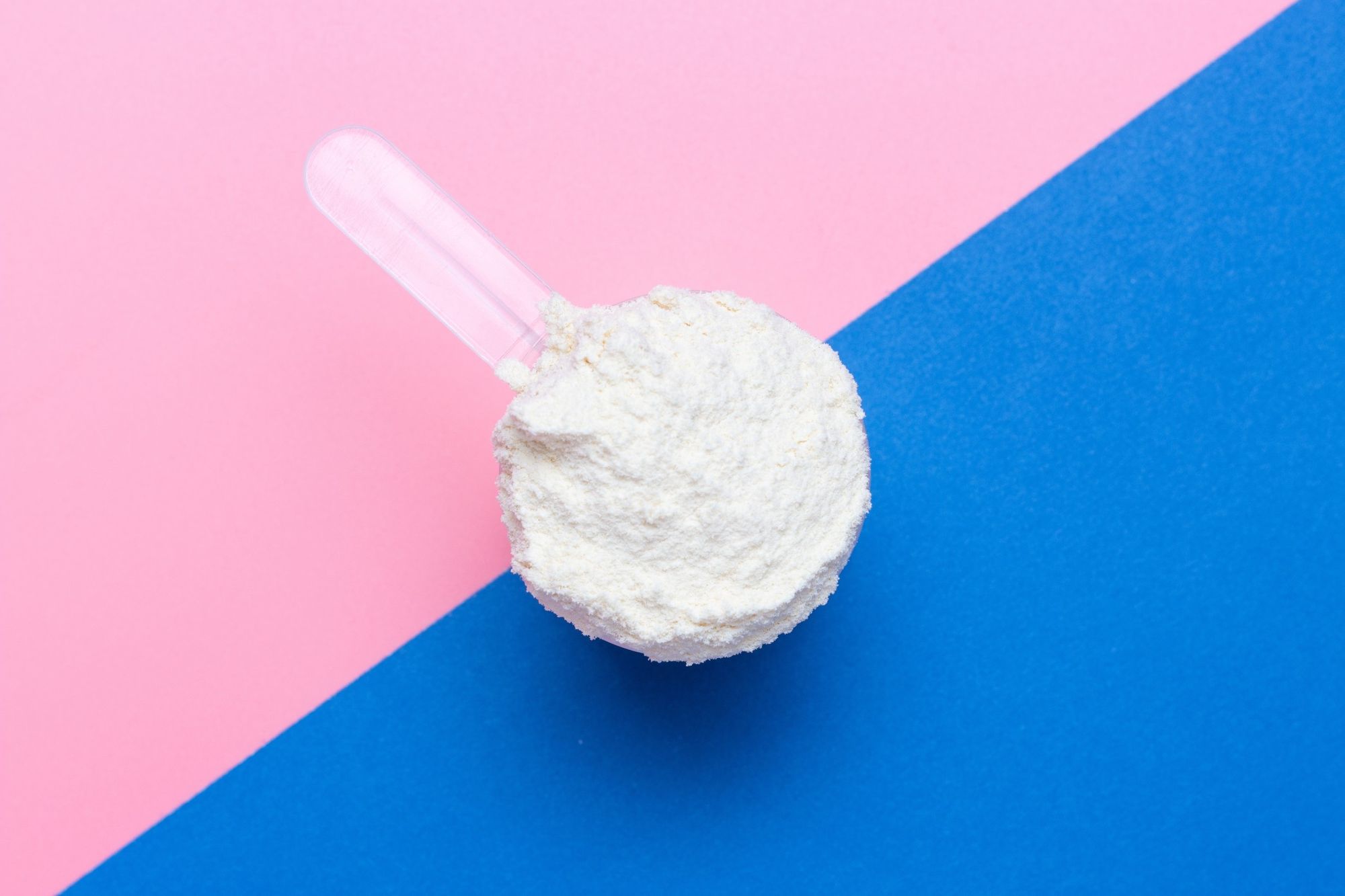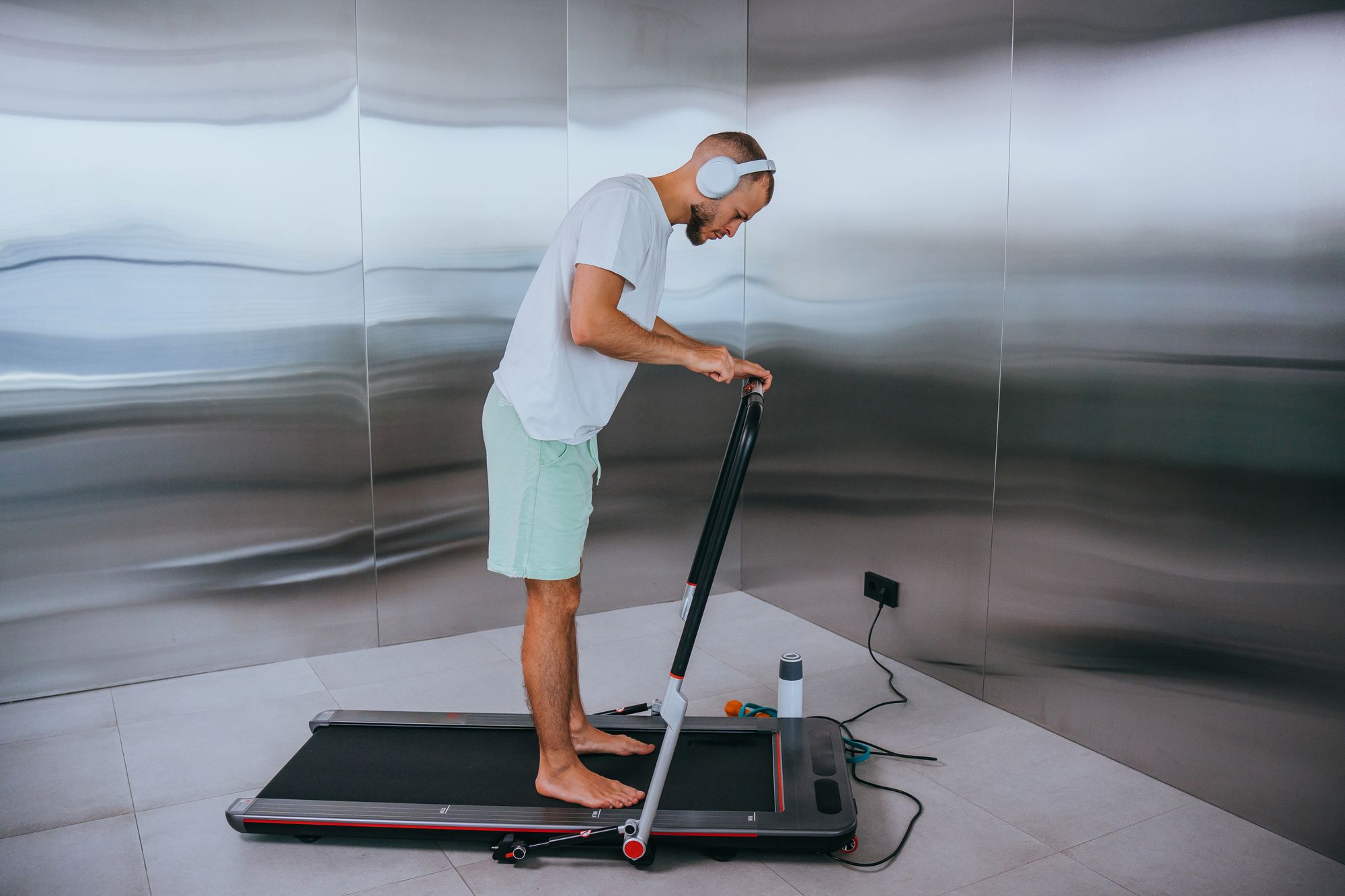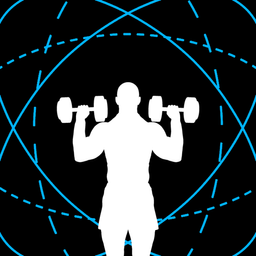Intra-workout Carbs: A Powerful Performance Booster or Recipe for Nausea?
Intra-workout carbs. Will loading up on bread, pizza, or candy truly enhance your performance in the gym, or is it all just a big, carby lie?

If you’ve spent any time watching YouTube or TikTok videos of people strength training, you’d have realized that most people eat, like, a lot, in the gym. During their workouts. Between sets.
And by “eating”, it’s not just in the sense of sweets, pre-workouts, or protein shakes, but actual food. That requires serious jaw work.
Examples: white bread, rice, and the occasional pizza 🍕
@johnymuenster The guy who eats at Gym…🤣 #fyp #bodybuilding #gym #fitness
♬ Rich Flex - Drake & 21 Savage
So, this begs the question: Can intra-workout carbs help you lift heavier or a given load for more reps? Or, in other words, are they a good idea? Should you join in the munching party?
To answer that, it’ll be helpful for you first to understand:
How your muscles get energy during exercise
So. You probably already know what your body gets from carbs. Glucose, which is your body’s — including your muscles’ — primary source of energy.
Given that, it’s only natural to assume that intra-workout carbs would enhance performance. More carbs = more energy … right?
Not necessarily.
See, your muscles rely on 3 metabolic pathways to generate adenosine triphosphate (ATP) or the “energy currency” of your body:
More on creatine here:



Intra-workout carbs: generally not necessary
Hmm. At this point, it appears that the usefulness of intra-workout carbs depends on your training style.
If you train with strength in mind, where you stick to the 3-5 reps range, your body will likely get a large part of the ATP it needs from the phosphagen pathway.
Your individual sets are over relatively quickly.
No need for that extra boost of intra-workout carbs.
On the other hand, if you train with hypertrophy in mind, the longer working periods would typically force your body to tap on the glycolytic and potentially oxidative pathways, which require glucose.
Meaning, yes to intra-workout carbs?
Eh. We’re all forgetting something important. Glycogen. That’s the stored form of glucose, and we all have a ton of it. OK, OK, I’ll admit “a ton” is an exaggeration, but we really do have quite a bit:
- ~ 500 grams in muscles
- ~100 grams in liver
While how long it takes for you to deplete your glycogen stores can vary according to the type, intensity, and duration of exercise, here are some general ranges:
- Low-to-moderate intensity exercise: 90 to 120 minutes
- High-intensity exercise: 20 minutes
In most cases, your usual hypertrophy-focused gym workouts would veer toward the “low-to-moderate” intensity range. (High-intensity exercise is more for cardio purposes — e.g., training your VO2.)
Learn more about HIIT here:

Bottom line? Unless you’re planning to work out for longer than ~ 90 to 120 minutes, you aren’t going to see much benefit from intra-workout carbs.
Research agrees.
Multiple studies have found that intra-workout carbs don’t enhance performance.
When would intra-workout carbs be helpful?
Of course, that’s not to say that you should never eat carbs during your workouts.
As mentioned earlier, they’d naturally be beneficial when working out for extended periods and/or performing HIIT (although whether you’d have the appetite for it is another matter).
Other scenarios where they’d be helpful include:
Sidenote: is there a point in doing fasted cardio?

On that note, the amount of carbs you should eat daily will depend on your physical activity, fitness goals, and what works best for you. This means it may take you some time to find a macronutrient split that helps you eat enough:
- Protein to preserve and build muscle mass
- Carbohydrates for energy
- Fat for optimal health and well-being
… without busting your daily calorie budget.
A helpful tip: log your food intake and workouts. Over time, you should be able to get a sense of what works best for you.
Looking for a food + workout tracker app? You’re in the right place.
Here’s a smart, AI-powered workout planner with nutrition tracking that’s right up your alley: the GymStreak app.
Check it out here:
Workout Programming + Nutrition Tracking, Off Your Hands
*sigh of relief* We'll guide you through it all — step-by-step. Just download the app, and you'll be making progress toward your dream body like never before.
References
“Glycogen Depletion: Signs and Symptoms.” 8fit, https://8fit.com/fitness/glycogen-depletion-signs-symptoms-and-working-out/. Accessed 9 June 2024.
Grijota, Franscisco Javier, et al. “Acute Effects of 30 g Cyclodextrin Intake during CrossFit® Training on Performance and Fatigue.” Journal of Functional Morphology and Kinesiology, vol. 9, no. 1, Jan. 2024, p. 27. PubMed, https://doi.org/10.3390/jfmk9010027.
Kulik, Justin R., et al. “Supplemental Carbohydrate Ingestion Does Not Improve Performance of High-Intensity Resistance Exercise.” Journal of Strength and Conditioning Research, vol. 22, no. 4, July 2008, pp. 1101–07. PubMed, https://doi.org/10.1519/JSC.0b013e31816d679b.
Morrison, Scot, et al. “ENERGY SYSTEM DEVELOPMENT AND LOAD MANAGEMENT THROUGH THE REHABILITATION AND RETURN TO PLAY PROCESS.” International Journal of Sports Physical Therapy, vol. 12, no. 4, Aug. 2017, pp. 697–710.
Murray, Bob, and Christine Rosenbloom. “Fundamentals of Glycogen Metabolism for Coaches and Athletes.” Nutrition Reviews, vol. 76, no. 4, Apr. 2018, pp. 243–59. PubMed Central, https://doi.org/10.1093/nutrit/nuy001.
---. “Fundamentals of Glycogen Metabolism for Coaches and Athletes.” Nutrition Reviews, vol. 76, no. 4, Apr. 2018, pp. 243–59. PubMed Central, https://doi.org/10.1093/nutrit/nuy001.


